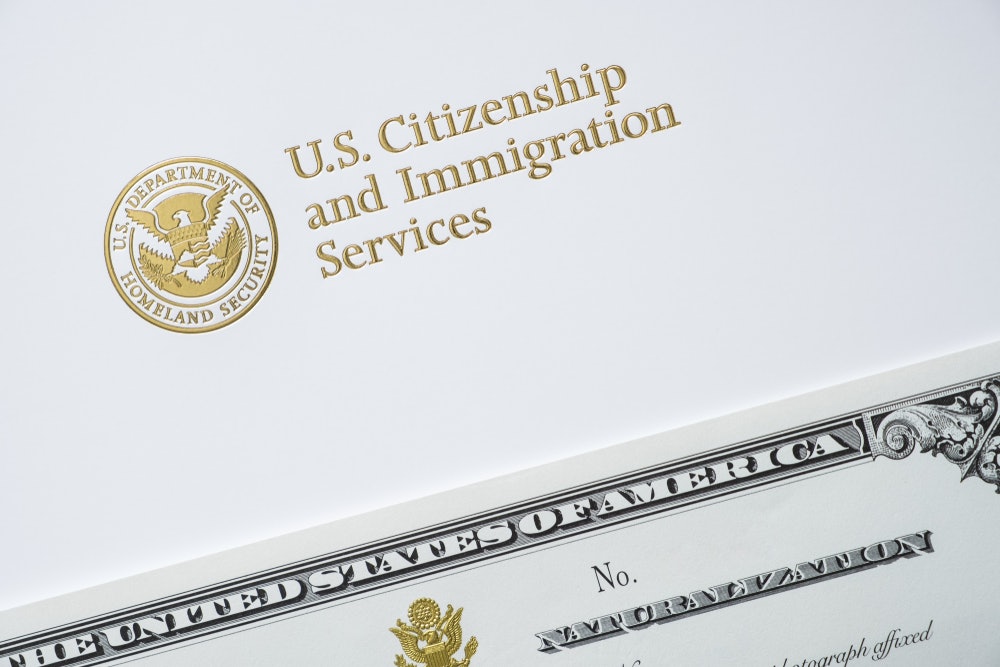The steady rise in individuals requesting asylum at the U.S.-Mexico border over the last decade illustrates one of the core problems with our immigration system: There aren’t enough ways to immigrate to the United States without a sponsor.
Self-petitioning immigration programs are an important tool for a functioning, robust legal immigration system. Unfortunately, the current U.S. self-petitioning programs suffer from the same ills as the rest of the immigration system – inflexibility, poor processing, backlogs, and underfunded agencies.
Policymakers should consider the following steps to ensure that future legislative efforts to incorporate a merit-based system into the U.S. immigration process will establish channels that can successfully handle any potential increases in the number of applicants.
- Congress should build flexibility into the selection process for employment-based self-petition programs.
- Congress must build mechanisms to address an increase in applications in self-petitioning systems.
- Congress should appropriate funds to ensure U.S. Citizenship and Immigration Services can effectively process immigration applications in a timely fashion.
The above recommendations would help implement mechanisms for a proposed self-petition pathway on the employment side. But the U.S. already has a robust self-petitioning system on the humanitarian side given the current asylum laws. Asylum in the United States can work more effectively by doing the following:
- Congress should properly fund the agencies that will adjudicate the asylum cases, especially those coming from the border.
- The executive branch and Congress should reform asylum processes, not asylum eligibility.
- The executive branch should explore closer collaboration with other countries which can accept migrants.






























